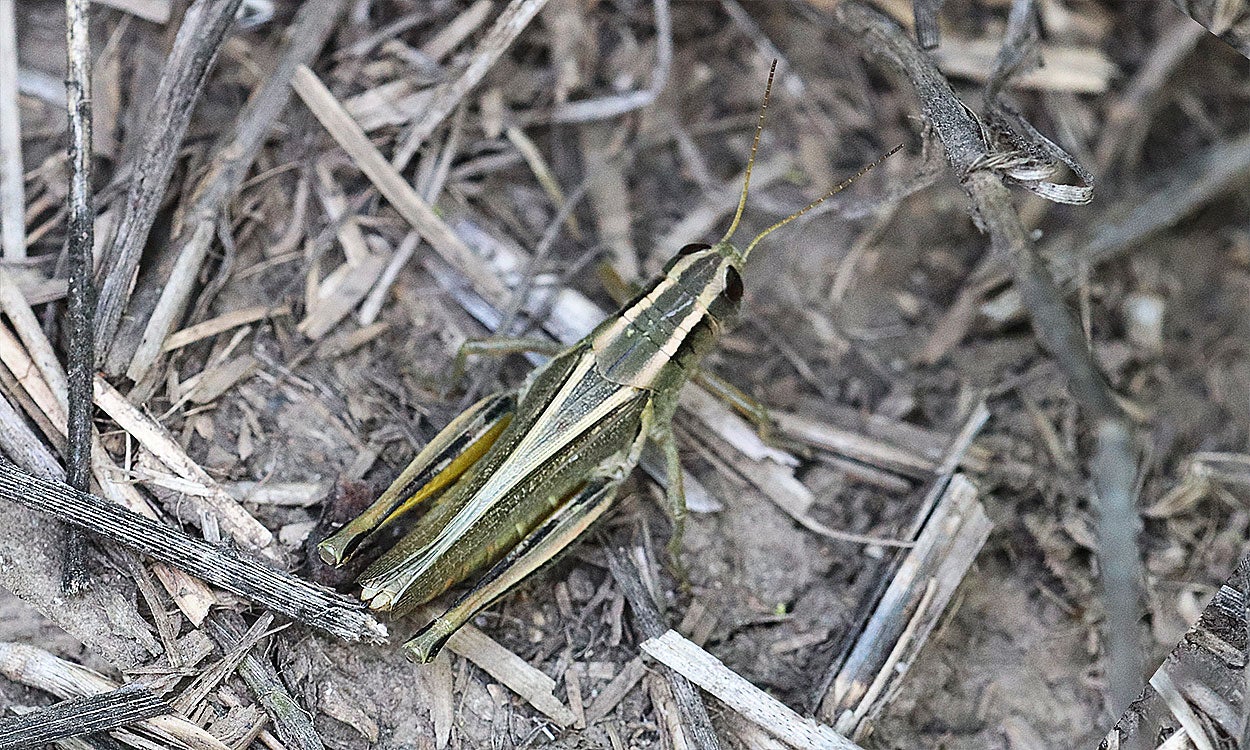Written by Dwayne Beck, Dakota Lakes Research Farm Manager.
Dormant seeding is when a crop is placed in a soil long before soil temperatures and/or moisture conditions are going to allow the seed to germinate and grow. This technique is commonly used for plants like native grasses and forbs. It is less common with grain crops. The Dakota Lakes Research Farm (and James Valley Research Center) has hosted a substantial amount of work on dormant seeding over the last three decades. The following is a summary of these findings.
The reasons for considering this technique is to assure early seeding of cool-season crops like spring wheat where it is important to avoid hot weather that occurs when they are planted too late in the spring. It also helps to spread workload. In 2012/2013 these two factors may be important for growers with large acreages of winter wheat that were not planted in the fall because of dry soil conditions.
Dormant seeding works best with crops (like wheat) that keep their growing points below the soil surface (hypogeal) for an extended period after leaf emergence as compared to crops like canola (epigeal) that place their growing points on or above the soil surface as they emerge. Spring frosts can cause extensive damage to crops with epigeal type emergence.
Dormant seeding spring wheat is not a substitute for planting winter wheat at the proper time when conditions are suitable. It is a viable alternative to a traditional spring wheat seeding program and as a means to keep wheat in the rotation when dry weather precludes winter wheat seeding in the fall. A three year study at the Dakota Lakes Research Farm produced a spring wheat yield of 65.8 Bu/acre with dormant seeding and 62.0 Bu/acre with late March seeding. This slight yield advantage to proper dormant seeding would be larger if the spring seeding was delayed into April.
Dormant seeded wheat should always be done with spring wheat and not winter wheat. Winter wheat will most likely vernalize and produce heads the next summer when dormant seeded, but the research at Dakota Lakes indicates that dormant seeded winter wheat heads and matures later than spring wheat seeded the same day and the winter wheat yields are less. The results of a 1999 study (fall of 1998) comparing winter and spring wheat planted at normal, recommended dates with dormant seeded are listed in Table 1.
| Wheat Type | Date Planted | Bu/Ac | Variety |
| W. Wheat | Dec. 11 | 64.8 | AP7510 |
| S. Wheat | Dec. 11 | 68.4 | Russ |
| S. Wheat | Mar. 19 | 65.7 | Russ |
| W. Wheat | Sept. 20 | 100.8 | AP7510 |
The small difference between the December and March seeding of spring wheat indicates that the primary reasons for considering the technique are to assure early wheat seeding and to provide more time in the spring for seeding other cool-season crops like canola, peas, and flax. Getting these done early clears the way for timely seeding of the warm-season crops.
Dormant seeding should not be considered in situations where residue and soil conditions will result in increased wind erosion potential. Good sanitation and rotations practices need to be in place because time and temperature conditions will limit spring burndown options. Surface residue should be sufficient to minimize soil temperature fluctuations associated with short winter-time warm ups that may cause the wheat to germinate, only to be killed by cold temperatures that could follow.
Seeding should occur after soil temperatures have cooled sufficiently to prevent the seed from germinating. If possible, it should be done just before the soil freezes. Cold soil that is dry will seed well. If the soil is moist and frozen it is sometimes not possible to seed at normal (1 to 1.5 inches) seeding depth. Shallow seeding will fail. The proper time at Pierre is usually the week following Thanksgiving but this can vary. A normal seeding rate (1.6 million pure live seeds/acres) or slightly higher is appropriate. Treating the seed with a fungicide seed treatment has been beneficial. Placing dry fertilizer (50 to 70 lbs of 11-52-0/acre) was used in these trials and was also beneficial. Higher rates, inclusion of chloride fertilizers, and liquid fertilizer sources in contact with the seed were not tested. These may create concern.
There are some very gray areas in crop insurance regulations when the subject of dormant seeding is involved. Our optimistic interpretation is that early December is actually very early spring. Check with your provider.
The biggest drawback to dormant seeding is the need to pull things out of the shed and get them ready to go at this time of year. Everyone wants to relax and get ready for the holidays. The days are short and the weather can be cold. Heated cabs and auto steer are a huge benefit as compared to 15 years ago but it still takes discipline. Dormant seeding is the normal practice for spring wheat production at Dakota Lakes.


